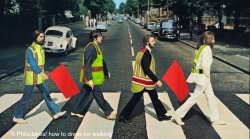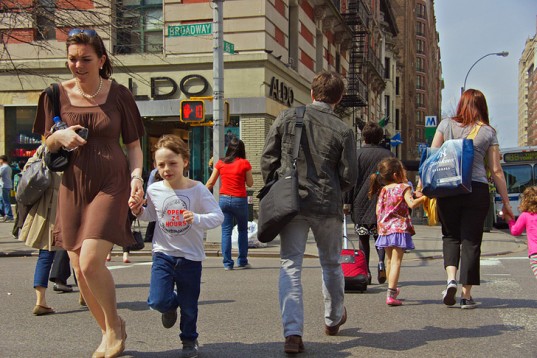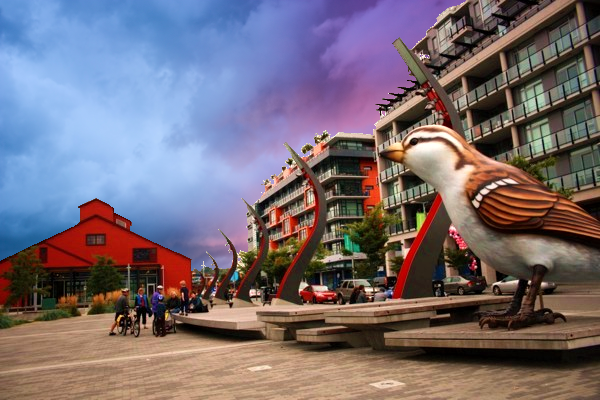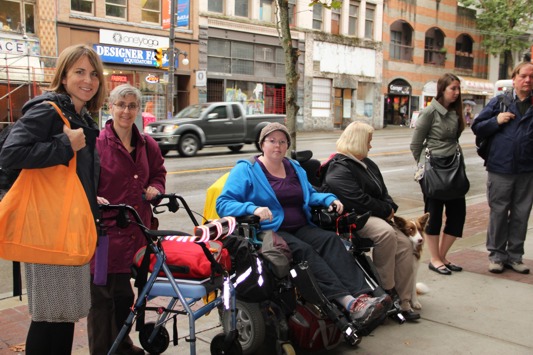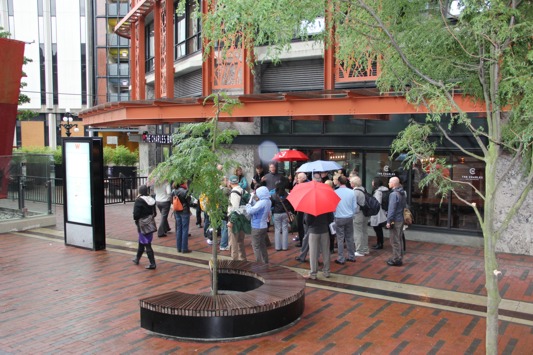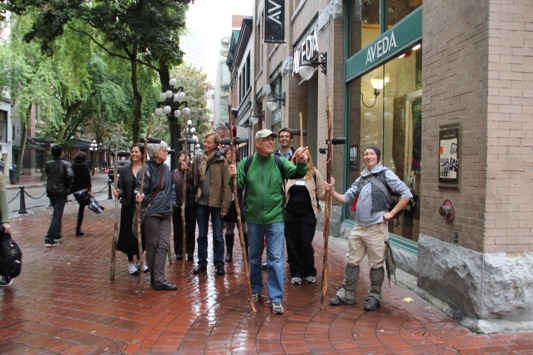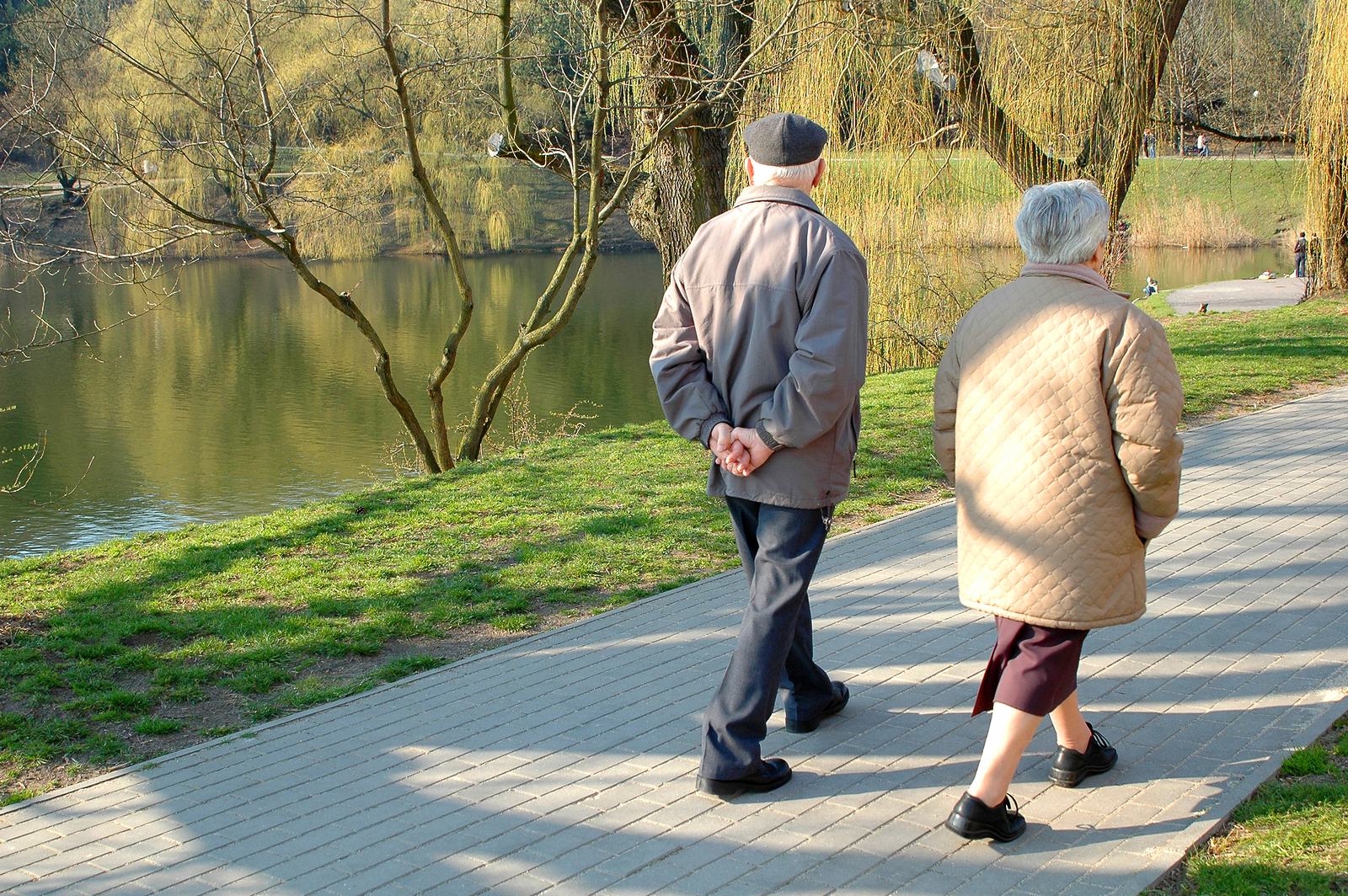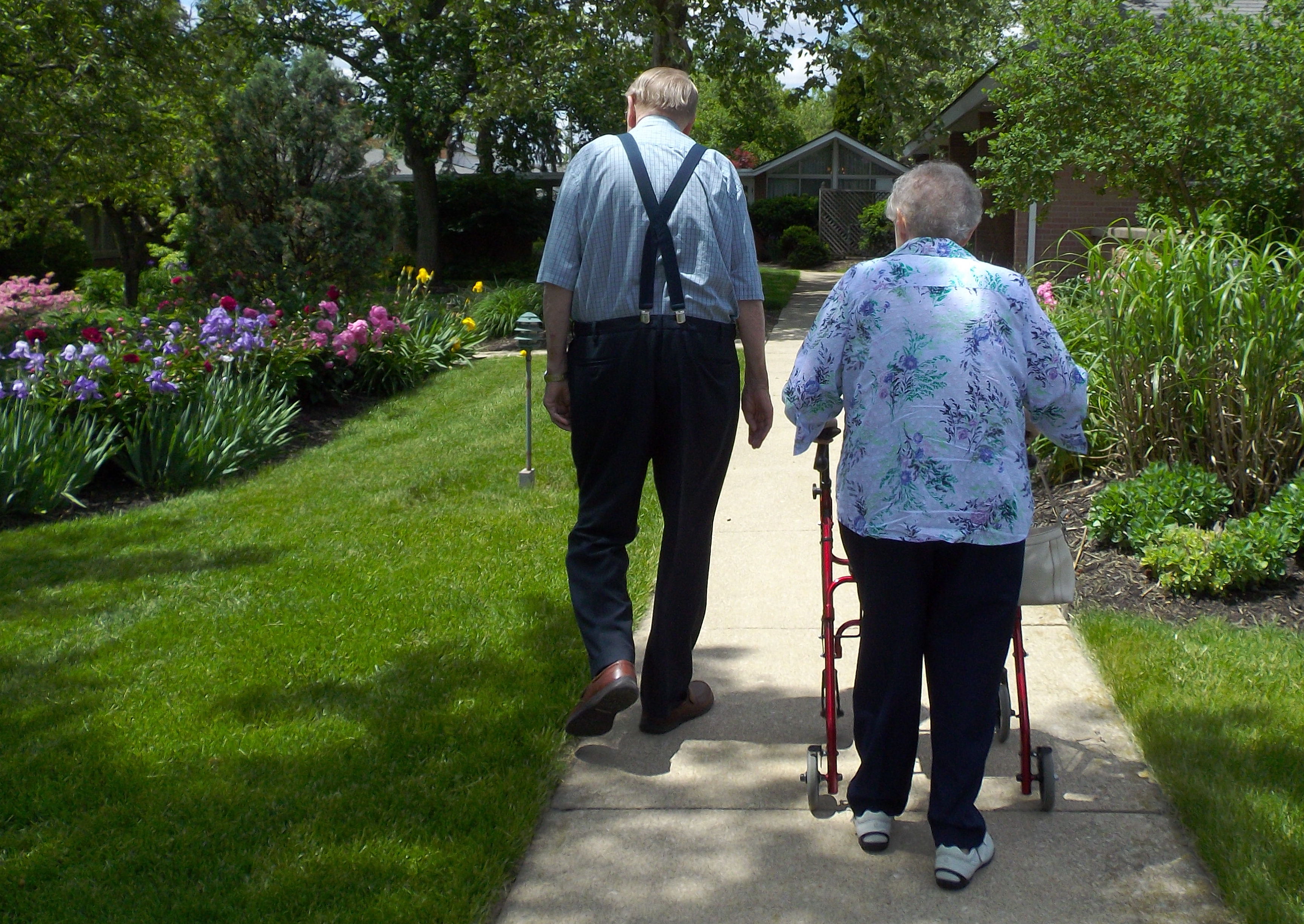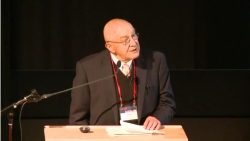
“For some reason, we’ve come to accept this road violence against pedestrians as part of the wallpaper of urban living – even as “walkable cities” are the holy grail of city planning everywhere.”
Peter Ladner in his latest editorial in Business in Vancouver calls it for what it is: we have an epidemic of Road Violence in Vancouver. Peter states in his editorial: “Never mind calling back Mayor Gregor Robertson from Mexico to clear our icy sidewalks. We should be asking him to stay home in January and protect seniors from being killed by cars. Vancouver is the pedestrian death capital of Canada, and January is peak month for pedestrian deaths in B.C. – expect more than seven.
Based on five-year averages, 61% of those killed will be 50 or older. Our pedestrian death rate is twice that of Toronto, where one pedestrian is injured every four hours, and 44 pedestrians were killed in 2016. In last October alone, 10 pedestrians died in five Lower Mainland municipalities. There were as many pedestrians slaughtered by cars in the city of Vancouver (11) last year as there were murder victims.
My son was walking to work across a marked intersection at Pender and Jervis, on a green light, at 7:30 on an October morning two years ago when a car knocked him to the ground. He is still suffering from the concussion he incurred. The driver stopped and leaned out the window to ask if he was all right, then drove off. It turns out his situation is typical: according to a BC Coroners Service report, 40% of pedestrians killed in Greater Vancouver were struck at intersections and in crosswalks and two-thirds were crossing while the light was green. It might also be the case that many of the pedestrians who got hit were, like him, wearing dark clothing. In some Nordic countries the widespread use of reflective clothing has greatly reduced road violence.
But it’s too simple to blame pedestrians. I remember the first time I saw the 30 km/h zone painted boldly on Hastings Street around Main – the most dangerous pedestrian intersection in the Lower Mainland. My first reaction was: “Why should I slow down because impaired people choose to lurch into oncoming cars?” Then I sobered up and reframed the question: “Why should saving a few seconds of driving be more important than killing someone?”

Peter notes that when some European countries adopted laws where vulnerable road users, not road drivers were assumed to be innocent, injury and fatality rates dropped by 70 per cent. HUB cycling recommends a 30 km/h speed limit on non arterial streets-the survival of a pedestrian crashed into at 30 km/h is 90 per cent at that speed, and only 15 to 20 per cent at 50 km/h.
Peter points out that it is the Province-Minister of Transportation Todd Stone-who could implement this and who “is not interested. Nor is he interested in photo radar and red-light cameras. Research in Europe found there were 42% fewer serious injuries and fatalities where photo radar and cameras were installed.” Minister Stone dismissed this as a “tax grab”. Peter suggests this is the same as saying “Seniors are expendable if it gets me votes from car drivers who want the freedom to kill them by breaking the law and letting ICBC pick up the bills.”
Getting to zero pedestrian fatalities needs ” lower speed limits, safer intersection design, better pedestrian signals, tougher enforcement to stop speeding and distracted driving (none of us should be taking calls from people while we’re driving), more reflective clothing, cyclists using lights and more. But mostly it means getting serious about this ongoing car violence against mostly seniors, in every neighbourhood, especially in January. “


